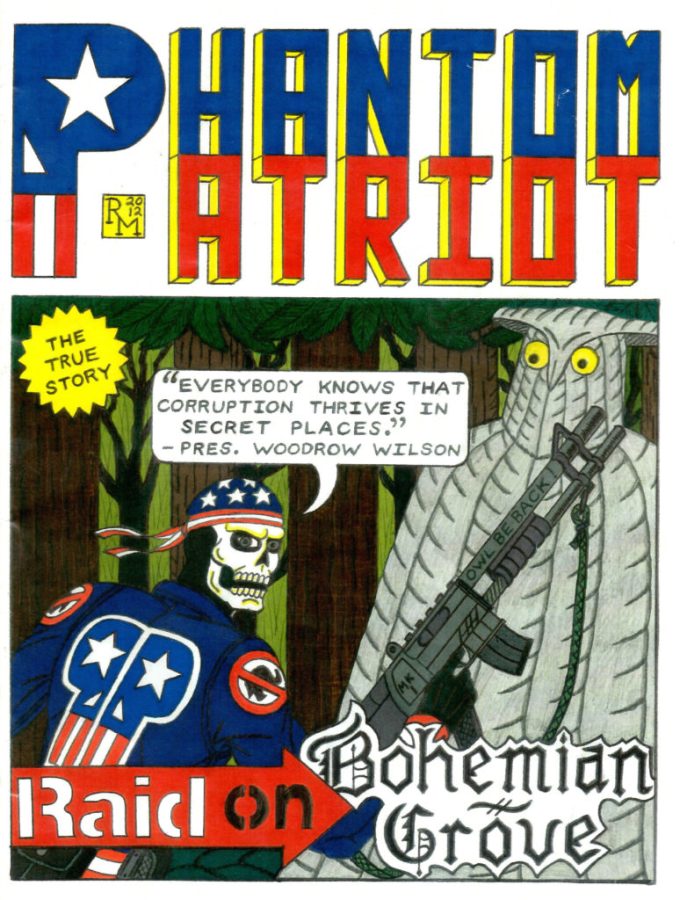American Madness Book Review
Energized by the events of September 11 Richard spent the next months training for his plan to infiltrate the grove.
Richard McCaslin, fueled by conspiracy theories and misinformation, prepares to conduct a heavily armed raid on the Bohemian grove which is a men’s only club where the rich and powerful get together every summer to drink and party. Richard believes the Bohemian Grove is a site for satanic rituals and child sacrifice and believes by breaking in he will save people being prepared to be sacrificed and burn down the giant wooden owl statue they allegedly worship.
The Bohemian Grove is a men’s only club founded in the 30’s located in a red wood forest near San Francisco. The club is a conspiracy hotspot due to it being host to many rich and powerful men such as Ronald Reagan, Richard Nixon, and George W Bush. The Bohemian holds a weekend long event where the worlds rich and powerful can escape their business and relax and talk with others as well as drink and party. The main target for conspiracy theories is the “ritual” that is held every year at the beginning of the weekend where they gather in front of a giant concrete statue of an owl and burn a wooden coffin. The act of burning the coffin is seen by them as burning their troubles and burdens away.
Richard McCaslin grew up in a small town that he described as “mellow and that nothing ever happens”. Richard was raised by hardcore Christians and an abusive father who beat him and his mother. Growing up Richard had a fascination with comic books and superheroes and would attend cons dressed as different popular superheroes. His life story is wholesome and fine up until his mother dies and the thing that ends up filling the void is Alex Jones and conspiracy theories.
American Madness by Tea Krulos explores the effect of conspiracy theories on America as well as the life of a man Named Richard McCaslin who conducted a heavily armed raid on the Bohemian Grove in 2002.

